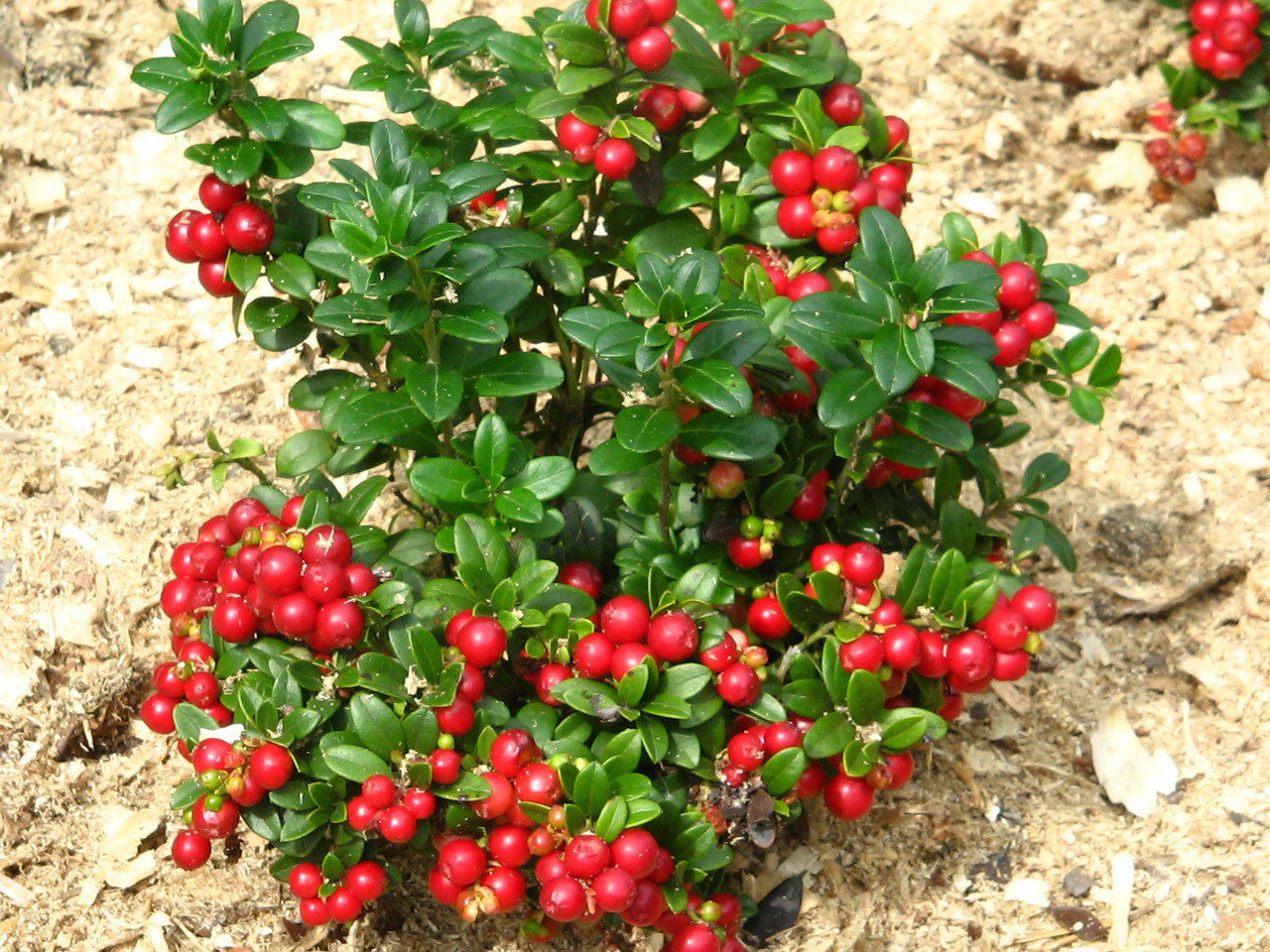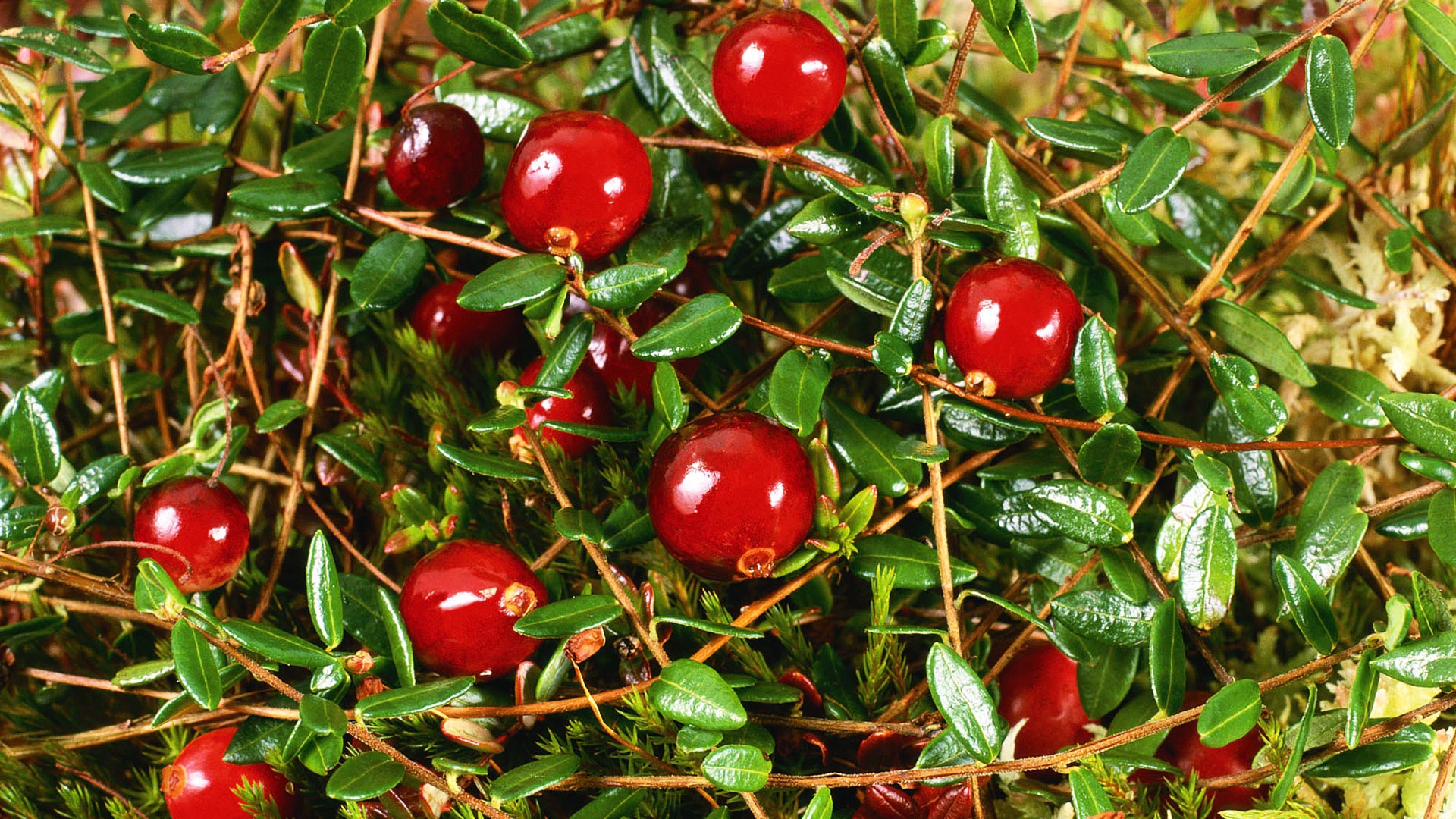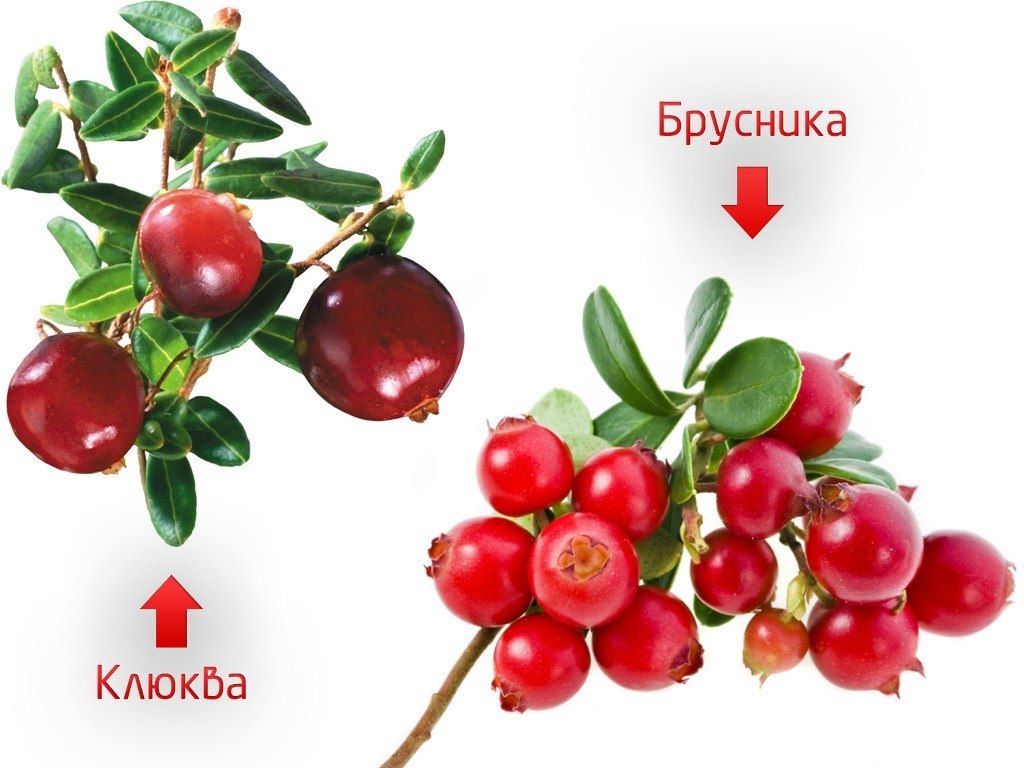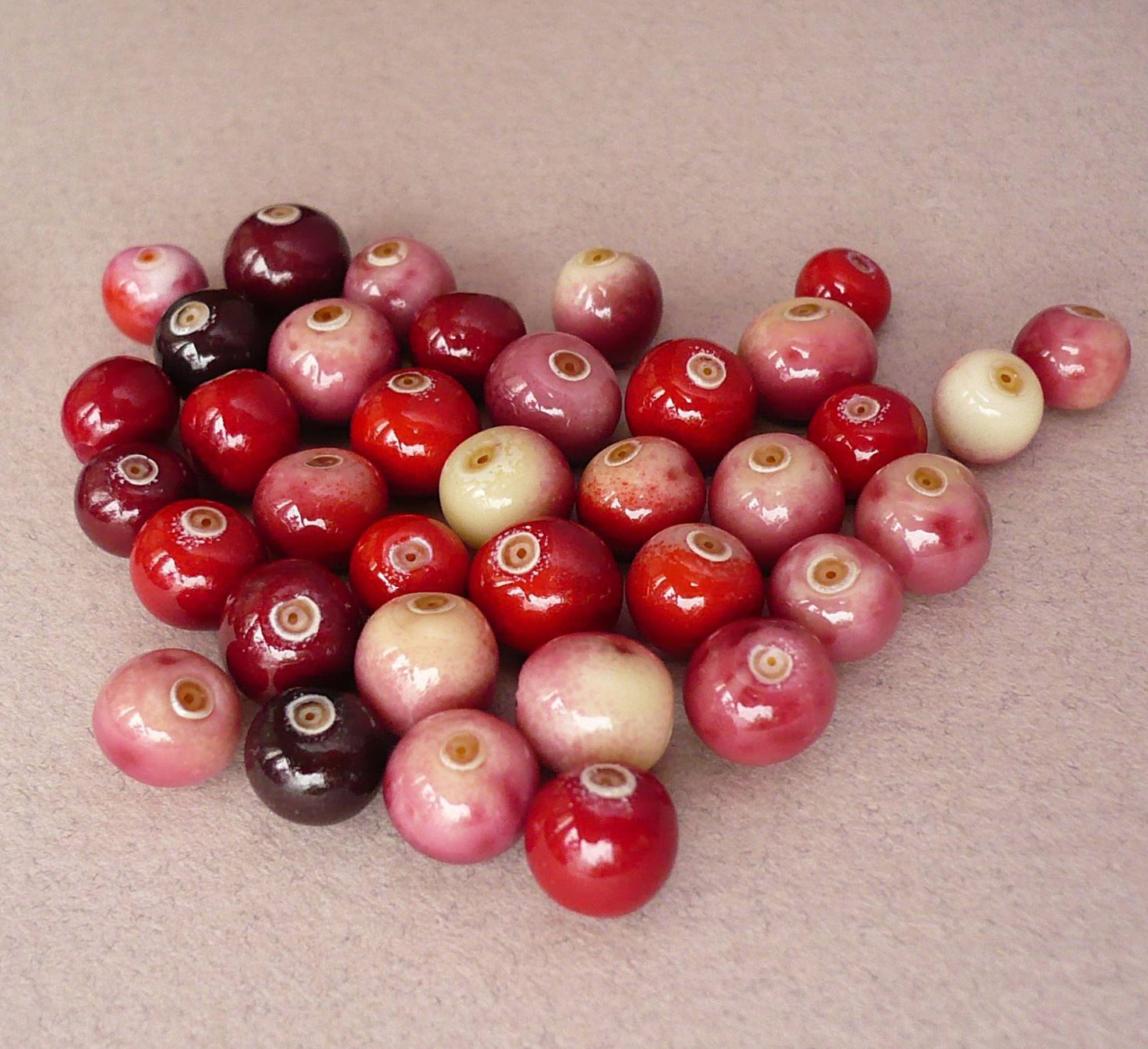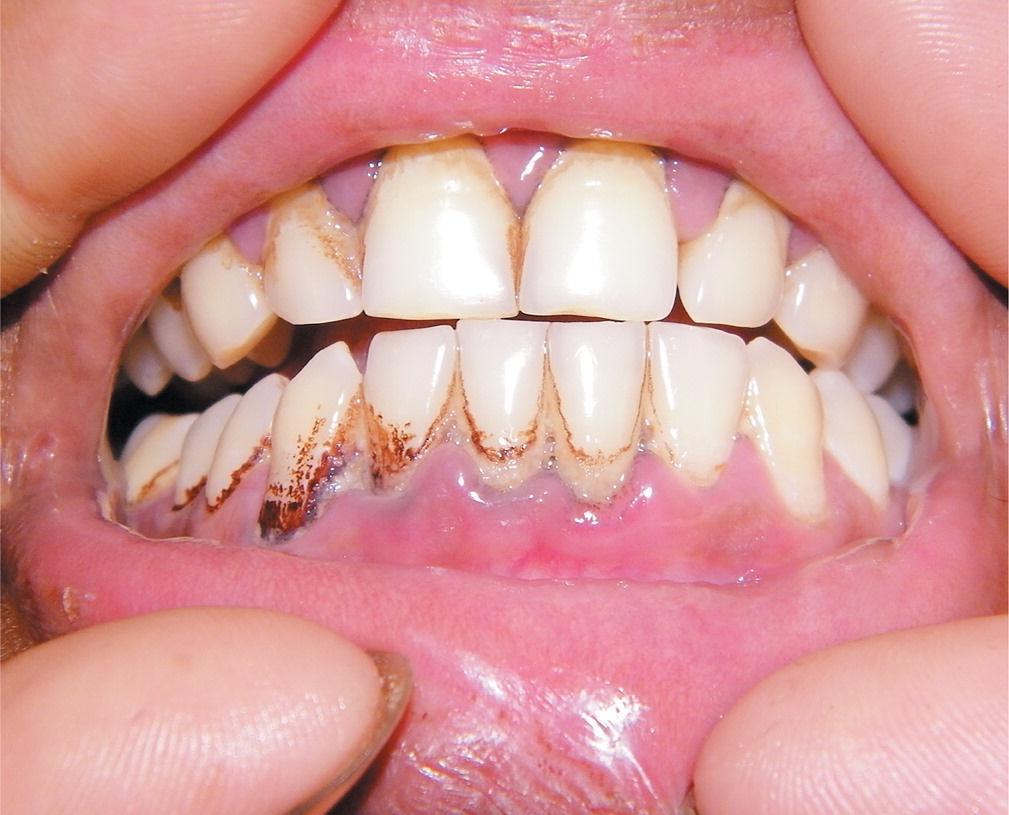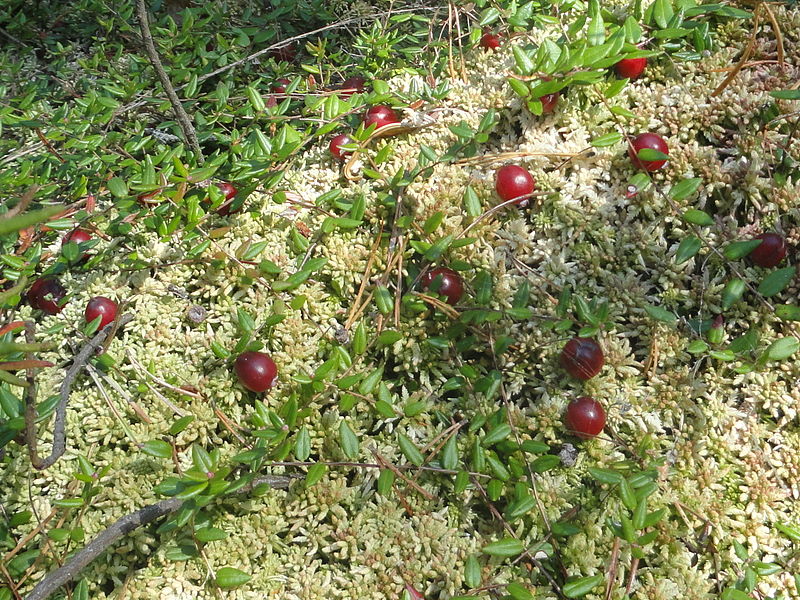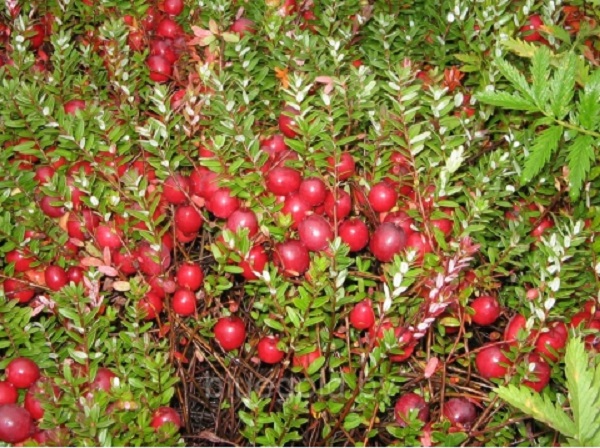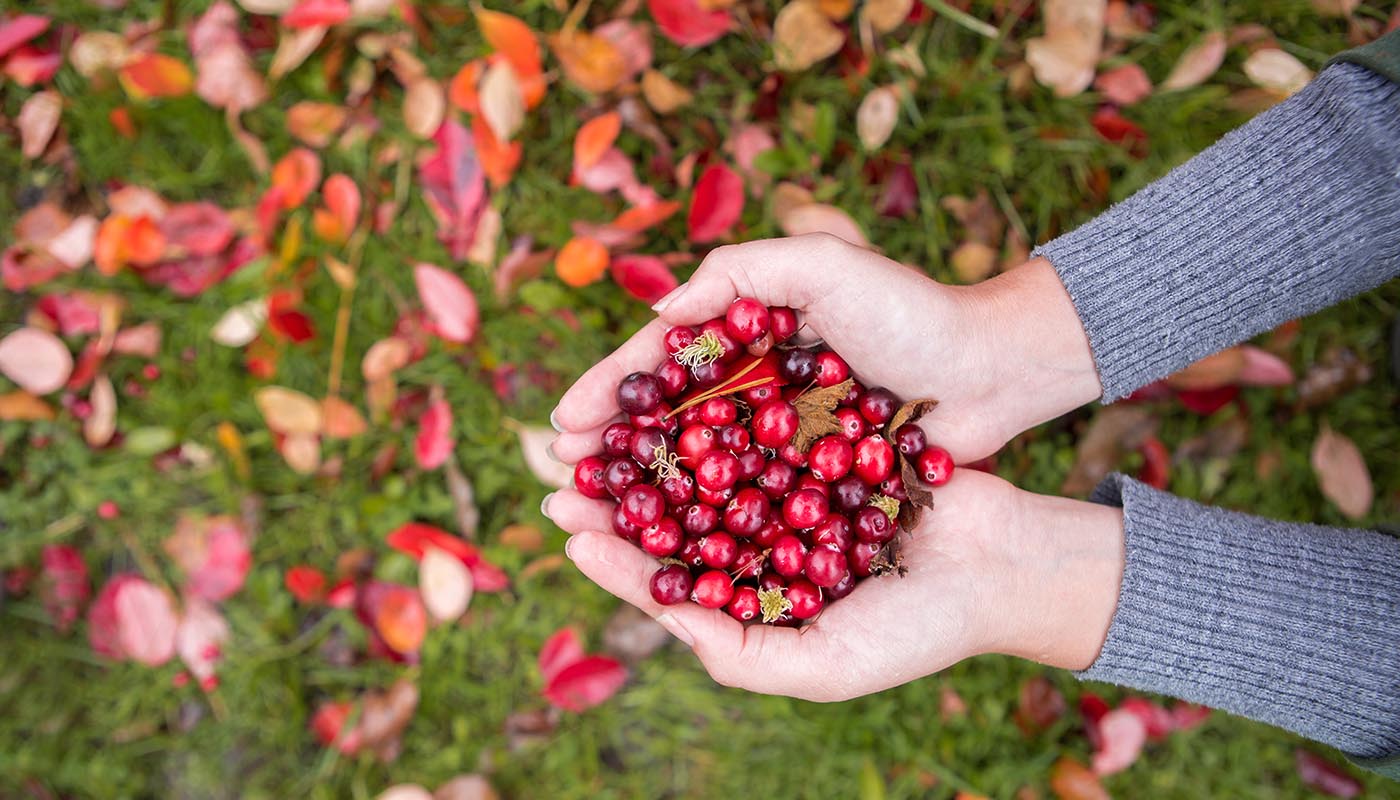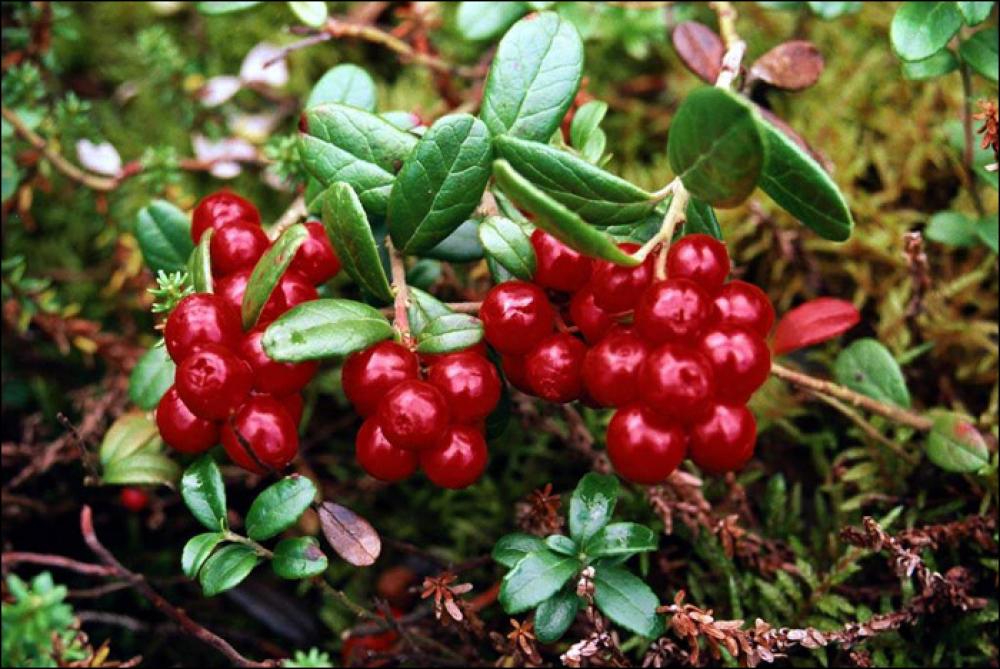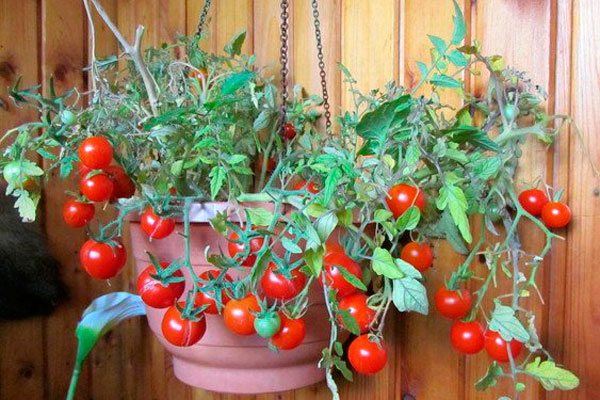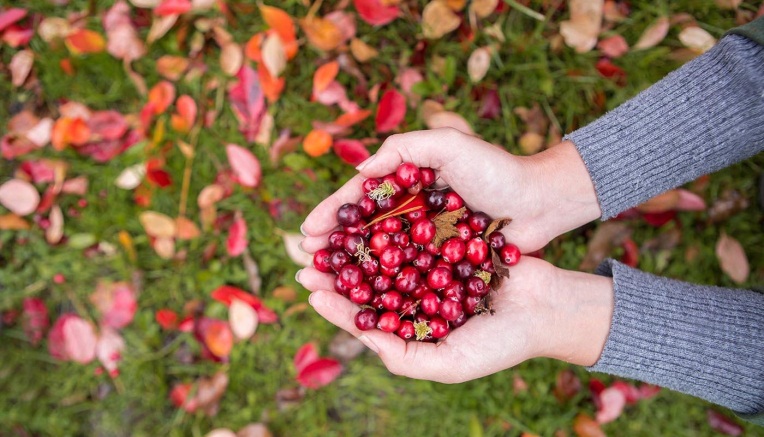Content:
Cranberries and lingonberries are very similar red berries. They both have a truly miraculous effect on the human body, since they contain a large amount of vitamins. Their usefulness is expressed in the ability to resist many diseases, especially viral ones. But despite the strong similarities between berries, cranberries and lingonberries also differ. Let's consider them in more detail.
Berry names
Cranberry is a shrub with branches spreading along the ground, looks like a beautiful rug covered with berries and leaves. Moreover, the favorite place of this berry is a swamp. From what the name of the plant comes from, people believe in different ways: some say that from the word key, that is, a swamp; others - from the characteristic sound when squeezing cranberry juice. At this time, the sound “cluck” is heard. In addition, when translated from the languages of other countries, the berry has completely unexpected names. For example, in Latin, ochusossos means "sour ball", and Europeans called the cranberry cranberry, which means "crane of the year" in Russian. The name was given because the flowers are very similar to the head of a crane. In England, cranberries are called "bearberries", the plant got this name because bears love it very much.
The lingonberry bush also spreads on the ground and bears fruit with red sour berries. His leaves are constantly green, and after ripening, the berries easily fall off the branches and fall. It is thanks to this feature that the berry was named in honor of the Old Slavonic verb "brusiti", which means to iron, to sharpen. Lingonberry in Latin sounds like viccinium vitis-idaea, which means "vine from Mount Ida."
Taste qualities
Cranberries are most often found in the northern part of Russia, less often in the middle regions. This plant is not at all afraid of cold weather, while after the first frosts it acquires a sweetish taste. The berries of this shrub are perfectly stored in water or frozen. Sour berry because it contains 3.4% acids, but no less sugar - 6%.
If the cranberries are harvested not in the autumn, but in the spring, after it has overwintered on the bush, then the berry becomes sweeter, while the content of ascorbic acid in it will decrease, but the harvest in this case will be full.
The peculiarity of cranberries is that they are excellent thirst quenchers. Therefore, fruit drinks for children are most often prepared from it. Cranberry juice is also given to sick people, since it is rich in vitamins, which is necessary for diseases. In addition, cranberries are suitable for preparing vegetables for the winter. First of all, it is added to sauerkraut. This gives the cabbage extra flavor and aroma. Soaked cranberries are especially popular with Russians. It is added as a condiment to meat dishes. Cranberry jelly is also popular.
In order for her to feel good, she needs a neighborhood with conifers. Moreover, the shrub is able to grow and bear fruit in one place for up to three hundred years. Berries can be stored for a long time. And this is a very important factor in the conditions of long Russian winters. The berry tastes a little sweeter than cranberries, since it contains only 2% acids, but much more sugars - 8.7%.
Lingonberries are also used for harvesting vegetables for the winter. It is great for sauerkraut, giving it a special aroma and taste.Soaked lingonberry is an excellent seasoning for poultry and meat dishes. Delicious drinks come out of it, as well as filling for pies. The jam made from these berries is especially tasty and aromatic. You can add apples to them.
External differences between cranberries and lingonberries
Cranberries, like lingonberries, belong to the Heather family and have evergreen shrubs. But the difference between cranberries and lingonberries is in the way the shrubs themselves grow. Despite the fact that lingonberry is also a creeping plant, its branches still grow upward by about twenty-five centimeters. There are times when a plant grows on a rotten stump, then its height reaches up to a meter. At this time, cranberry branches spread along the ground in length from 15 to 30 centimeters.
Lingonberry bushes like drier soil, while cranberries, on the contrary, prefer swampy areas.
The fruits of these shrubs can also be distinguished by their taste. Cranberries taste very sour with bitterness, while lingonberries have a sweet and sour taste. Outwardly, the berries also differ. Cranberries have large fruits with tender juicy pulp, which, when pressed, release juice. Lingonberries are slightly darker in color from cranberries, their size is much smaller, and the flesh is much denser. The juice is harder to squeeze out. In addition, while cranberries are round in shape, lingonberries are slightly flattened.
There is a difference between shrubs. They can be distinguished by their sheet sizes. The leaves of a cranberry bush are small in size, no more than one and a half centimeters long, up to half a centimeter wide. At the same time, the lingonberry leaf reaches up to two, or even three centimeters in length and up to one and a half centimeters in width. The leaves of both shrubs are similar in shape, which proves their relationship.
Chemical composition
You can distinguish berries by the content of nutrients. But this is done in a laboratory way.
In terms of chemical composition, cranberries are rich in:
- vitamins of groups B, K, C;
- nicotinic acid;
- folic acid;
- iron;
- magnesium;
- boron;
- potassium;
- iodine;
- calcium;
- silver;
- phosphorus;
- manganese.
If we consider the chemical composition of lingonberry, then it is no less rich in useful trace elements. There is:
- Vitamins of groups B, A, E, C;
- A nicotinic acid;
- Wine acid;
- Benzoic acid;
- Ursolic acid;
- Salicylic acid.
In addition, lingonberry contains a number of useful microelements, mineral salts, pectins and tannins necessary for the body.
Regardless of the fact that the chemical composition of some berries is significantly different from others, it is impossible to judge that one of them is less useful, since both are useful and widely used in medicine.
Berries are perfect for dietary nutrition, because with the help of the acids they contain, fat is burned.
Useful plants: cranberries and lingonberries
These plants are powerful natural antiseptics and antibiotics. Both cranberries and lingonberries have properties to relieve fever, treat inflammation, and help fight viruses. Tea from these plants is used for colds, severe coughs, very useful for headaches, helps to get rid of kidney stones.
By rubbing these berries into gruel, you can heal wounds, even if they are inflamed and suppuration has begun.
Cranberries can be treated with:
- Infections in the urinary system;
- Hypertension;
- Stomach and intestinal problems;
- Cholesterol in the blood returns to normal, which improves the condition of a person with diabetes of varying degrees of complexity.
It is also effective for diseases such as:
- Bronchitis;
- ARI;
- Angina.
In addition, lingonberry is beneficial for urinary tract diseases and acts as a diuretic. It helps with rheumatism, improves liver function, acting as a choleretic agent. With the help of lingonberries, kidney function is improved. Among other things, lingonberry juice is used during hangover. In order to remove alcohol from the body, it will be enough to eat only two tablespoons of fresh or soaked berries.
For women preparing to become a mother, both berries are of great benefit. Moreover, their differences in this case are completely irrelevant. Eating both types of berries, a woman and an unborn child receive a huge supply of essential trace elements. The body completely controls the work of the urinary system, as well as the level of pathogenic organisms.
Contraindications
Despite such a large list of positive qualities of cranberries and lingonberries, they have contraindications. First of all, in no case should they be eaten by people who have low blood pressure. You can not take them and people with peptic ulcer or pathologies of the liver and duodenum.
In addition, lingonberry has the ability to absorb radioactive particles. Therefore, in no case should you pick those berries that grow near roads, in cemeteries, near the territory of plants and factories. You also need to be careful when buying berries. It is best to contact familiar and well-proven people.
Despite the differences between the two berries of the Heather family: cranberries and lingonberries, their use in food provides a large number of benefits for the body. But at the same time, there are some contraindications, in which it is necessary to consult with doctors. In this way, the correct dosage and mode of therapy can be established.
